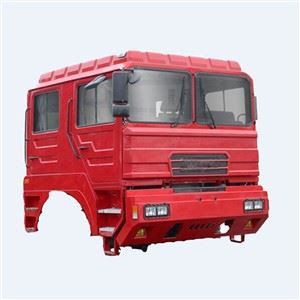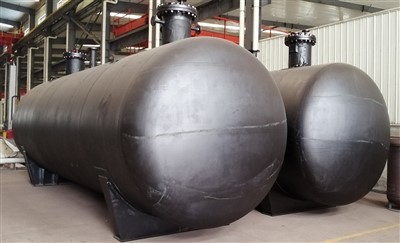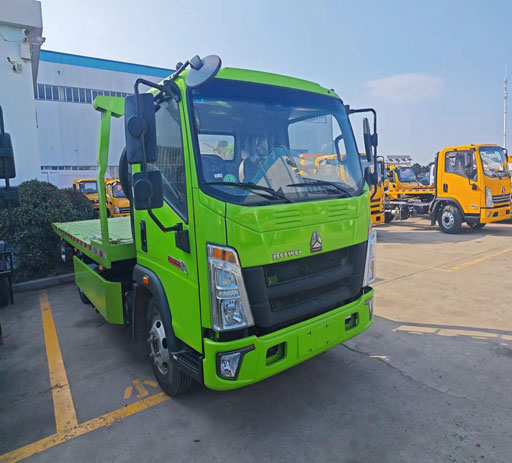Understanding Hook and Go Trucks: A Complete Guide
In the vast world of logistics and transportation, the term “hook and go truck” has gained popularity, particularly in the realm of freight transport. This comprehensive guide will explore everything you need to know about hook and go trucks, from their mechanics and advantages to their applications in various industries and tips for using them effectively.
What is a Hook and Go Truck?
A hook and go truck is a type of vehicle designed specifically for transporting containers or trailers. This versatile truck features a specialized hitching system that allows it to easily hook onto and detach from containers without needing additional equipment. Hook and go trucks are widely used in the shipping and freight industry due to their efficiency and convenience.
The Mechanics of Hook and Go Trucks
Understanding the mechanics of hook and go trucks is essential to grasp how they function in various transportation scenarios.
1. Hook Mechanism
The hook mechanism plays a crucial role in the efficiency of these trucks. It typically consists of a retractable hook that can latch onto the container’s frame. This system allows for quick attachment and detachment, streamlining the loading and unloading processes.
2. Truck Frame and Suspension
The design of a hook and go truck often includes a reinforced frame and robust suspension system. This is crucial because these trucks must handle heavy loads while maintaining stability on the road. The suspension must also absorb shocks and bumps to protect the cargo during transit.
3. Power Source
Most hook and go trucks use diesel engines due to their power and efficiency. However, electric and hybrid options are becoming increasingly popular due to environmental considerations.
Advantages of Using Hook and Go Trucks
Hook and go trucks come with several advantages that make them an attractive option for many businesses:
1. Efficiency in Loading and Unloading
The quick hook-and-go mechanism allows drivers to load and unload containers rapidly, minimizing downtime. This efficiency can significantly enhance overall productivity and reduce operational costs.
2. Versatile Use
Hook and go trucks are adaptable across various industries, including construction, waste management, and logistics. Their ability to transport different types of containers makes them a versatile choice for businesses.
3. Reduced Labor Costs
With the ability to hook and go seamlessly, fewer personnel are needed for loading and unloading tasks. This leads to reduced labor costs and allows staff to focus on other important activities within the operation.
4. Improved Safety
The design of hook and go trucks prioritizes safety. Their construction minimizes the risk of accidents during loading and unloading, safeguarding both employees and cargo.
Applications of Hook and Go Trucks
Hook and go trucks serve various industries, showcasing their adaptability. Here are some common applications:
1. Freight Transport
In freight transport, hook and go trucks are used to move shipping containers between ports, warehouses, and distribution centers. Their efficiency in handling containers makes them an optimal choice for moving freight quickly.
2. Waste Management
Waste management companies utilize hook and go trucks to transport waste containers to and from collection points. Their swiftness in hooking onto waste containers helps maintain an efficient waste collection service.
3. Construction
Construction sites often require the quick movement of materials. Hook and go trucks can transport heavy equipment and materials efficiently from one site to another, supporting swift construction timelines.
Choosing the Right Hook and Go Truck
When selecting a hook and go truck, various factors should be considered to ensure that it meets your specific needs.
1. Load Capacity
Different models of hook and go trucks have varying load capacities. Assess your typical transportation requirements to select a truck that can handle your expected weights.

2. Terrain and Environment
Consider the terrain in which the hook and go truck will operate. Some trucks are designed for off-road conditions, while others are suited for highway travel. Ensure you pick an appropriate model based on your operational geography.
3. Fuel Type
Choose a truck with a fuel type that aligns with your operational cost considerations. Diesel engines are traditional, but electric models provide potential savings and environmental benefits.

Maintenance Tips for Hook and Go Trucks
1. Regular Inspections
Conduct regular inspections of the hook mechanism, suspension, and overall truck condition. Early detection of potential issues can prevent larger problems down the line.

2. Clean the Hook Mechanism
Ensure the hook and its associated components are clean and functioning correctly. This maintenance will prevent rust or debris from causing malfunctions.
3. Lubrication
Regularly lubricate the moving parts of the truck to reduce friction and wear. This maintenance extends the lifespan of components and ensures smooth operation.
4. Tire Maintenance
Regularly check tire pressure and tread condition. Proper tire maintenance ensures safety and efficient handling when transporting heavy loads.
Real-Life Examples of Hook and Go Trucks in Action
| Company/Industry | Usage Type | Outcome |
|---|---|---|
| Swift Logistics | Freight Transport | Improved delivery speed by 30% |
| Green Waste Management | Waste Transport | Reduced labor costs by 15% |
| XYZ Construction | Material Transport | Enhanced on-site efficiency by 25% |
Challenges Faced by Hook and Go Truck Operators
While hook and go trucks offer numerous advantages, operators can face certain challenges:
1. Initial Investment Costs
Buying a hook and go truck can represent a significant initial financial investment. Companies must assess their cash flow to ensure the investment is feasible.
2. Skill Requirements
Operating a hook and go truck may require specific training and skill sets. Operators should be adequately trained to maintain safety and efficiency while on the job.
3. Legal Regulations
Each region may have different regulations regarding freight transport and waste management. Operators must be aware of and comply with these legal requirements to avoid penalties.
FAQs About Hook and Go Trucks
1. What is the difference between hook and go trucks and traditional trucks?
Hook and go trucks are specifically designed to quickly attach and detach from containers with a unique hitching mechanism, while traditional trucks may require more extensive loading and unloading processes.
2. Can hook and go trucks be used for all types of containers?
Most hook and go trucks are designed to accommodate standard shipping containers. However, it’s essential to verify compatibility with specific container types.
3. How do I determine the right hook and go truck for my business needs?
Assess your load capacity, terrain, budget, and operational requirements to select the best model that serves your business efficiently.
4. What maintenance is required for hook and go trucks?
Regular inspections, cleaning, lubrication, and tire maintenance are critical for optimal performance and longevity of hook and go trucks.
5. Are there any environmental benefits of using electric hook and go trucks?
Yes, electric hook and go trucks lower emissions and can reduce fuel costs, providing both environmental and financial benefits.
6. How do operators manage loading and unloading in tight spaces?
Operators can use spotters or cameras for better visibility and precision during loading and unloading in tight spaces, ensuring safe operations.
